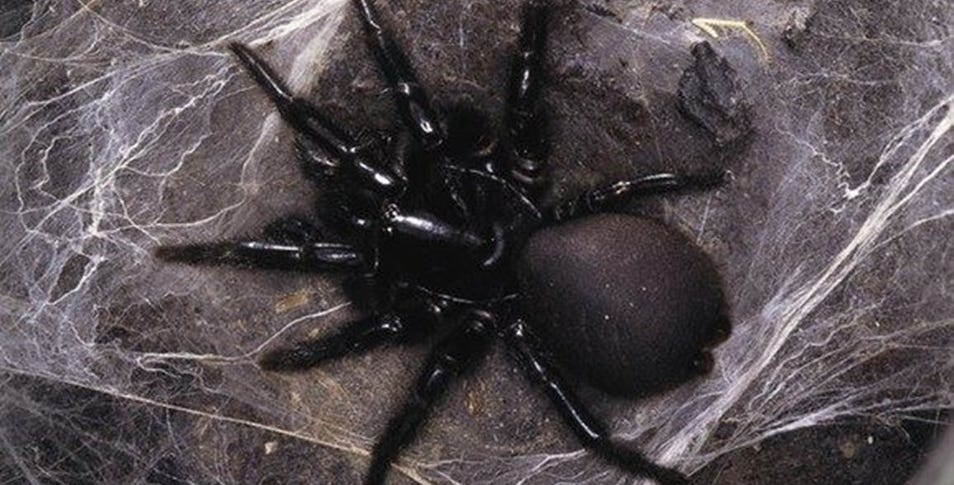HOW TO DESTROY A COCKROACH NEST?
Cockroaches. Even the mere mention of the word is enough to make you shudder in disgust.

Some of the most dangerous insects include:
#Funnel-web spiders
Viewed as the most dangerous spider in the world and considered by some as the deadliest. On record, 13 deaths have been linked to funnel-web spider. Regardless of this, it is imperative for you to know that this number has not increased since the introduction of an anti-venom in the year 1981. And, contrary to the popular belief, funnel-web spiders are incapable of jumping or swimming.
#Redback Spiders
Within spider community, the redback is considered as the ‘thief’. While they naturally thrive on other insects, these urban-dwellers (especially the big females) are known to stealing stored food items from other webs.
#Paralysis ticks
The paralysis tick injects venom when it sticks on humans, releasing – you guessed right – a paralyzing toxin. Rest assured, you don’t get paralyzed overnight; an adult female must feed for four days or more for you to start feeling weird in your system.
#Honeybees
We all are aware and in love with these honey-makers, however for the 1-2 per cent of the population known to go through the allergic reaction to the sting of a honeybee, the consequences can end up being lethal. The most interesting part of the honeybee is that it’s the only species of bee that dies after attacking humans.
#Bull Ants
The very huge and alert bull ant has the ability to track and follow its target up to a distance of 1m. The ant sting that is loaded with potent venom can be harmful to people who may have an allergic reaction.
#Giant Centipedes
The nocturnal giant centipede is found largely in Australia, except for Tasmania. It has modified claws that goes by the name ‘forcipules’, which curve around its head to help it deliver toxic venom into its prey.
#Mosquitoes
The mosquito is another formidable enemy. Were you aware of the fact that male mosquitoes feed on nectar from flowers? It’s only the females who thrive on human blood. They tear apart the skin and suck up blood with the help of their long mouthparts, leaving us with an itchy feeling and sometimes a disease the mosquito is carrying.
#European Wasp
A vastly diverse species, wasps are seen buzzing around the garden, or house, and their stings can bring out extreme reactions in sensitive individuals. European wasps, in particular, tend to get aggressive and attack if they sense any threat to their nest. If stung, get hold of a cold pack to reduce the pain and visit a doctor if you see any signs of an extreme allergic reaction.
#Flies
Flies can taste things with their feet. They tend to step on all kind of rotting food and plants, accumulating germs as they go. This is where flies become hazardous; flies can transport bacteria and spread all kind of deadly diseases to us humans.
#White-tailed Spider
The white-tailed spider comes with a long, dark body with a white tip and four white spots on its upper abdomen. Highly active at night, white-tailed spiders are hunters that survive in both outdoors (under bark, leaf litter, rocks and logs) and indoors (in crannies and nooks). On most of the occasions, they hunt other spiders, including daddy-long-legs, redbacks, black house spiders and curtain-web spiders. Their bites are controversially associated with ulceration but brainiacs are still studying them.
This information is sourced from the Australian Museum.
Cockroaches. Even the mere mention of the word is enough to make you shudder in disgust.
Contrary to popular belief, funnel-web spiders can’t jump or swim.